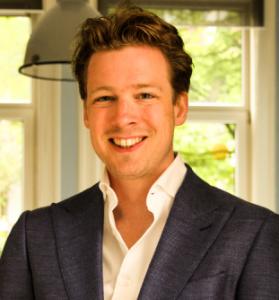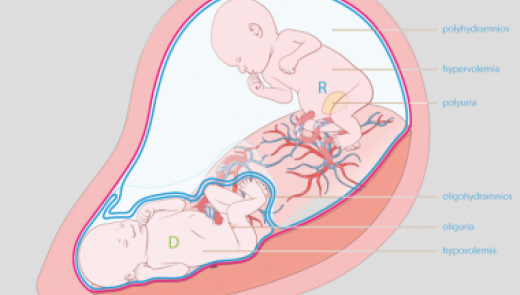Imagine
Imagine if it were possible to treat any patient needing surgery in an early phase of the disease at any location in the body with only one tiny incision, causing limited trauma to healthy tissue, and have the patient go home the same day and back to work the next week...
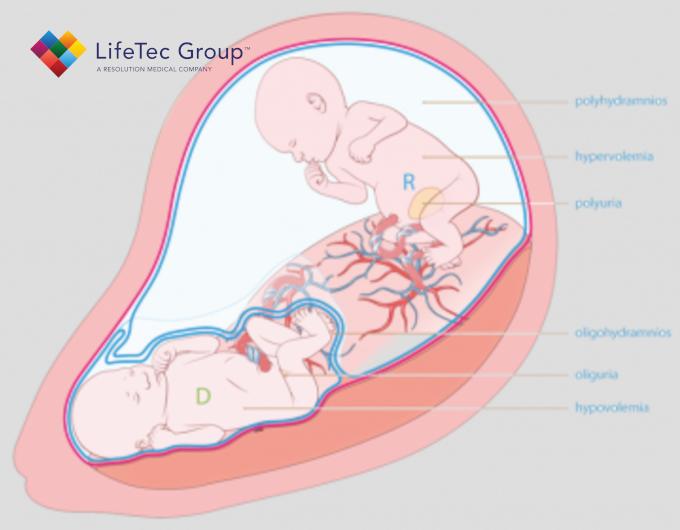
The quest
Unfortunately, the limited functionality of current instruments used in minimally invasive procedures severely hampers effective diagnosis and treatment in many body parts. Therefore, iMIT will develop a new generation of devices with highly advanced functionality at the tip for instantaneous diagnosis and targeted treatment, which will combine diagnosis and therapy in one single procedure.
LASER Project
Within LASER, as part of the iMIT project (see footer), we focus on a special case of deep-seated vascular malformations as seen in identical-twin pregnancies that are complicated by the twin-to-twin transfusion syndrome (TTTS).
Due to erroneous interconnecting blood vessels (anastomoses) in the placenta, one twin receives too little blood while the other receives too much, so both are endangered.
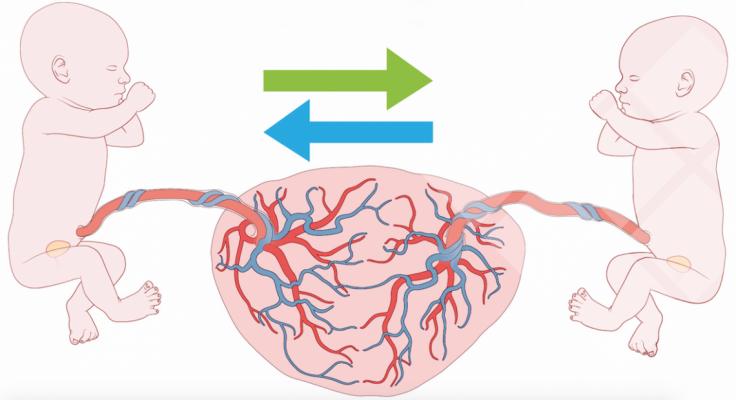
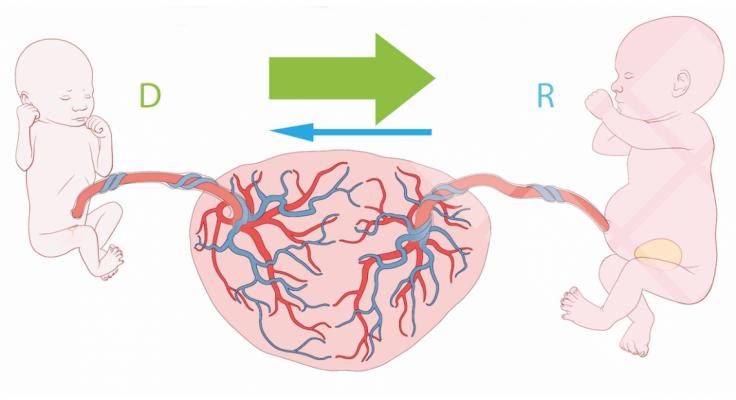
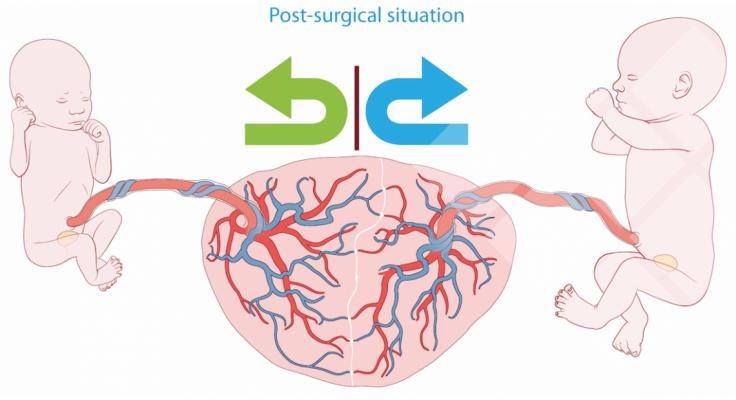
The treatment for TTTS is fetoscopic laser coagulation (FLC), which aims at closing off the vascular anastomoses. FLC involves puncture of the fetal membranes to gain access to the surface of the placenta from inside the amniotic sac. Important risk factors are the occurrence of residual anastomoses due to incomplete coagulation, and premature rupture of membranes.
To improve the outcome of these procedures physicians are in need of tools that can monitor the closure of the vessel during the procedure. Moreover, the development of instruments that allow laser coagulation in deep structures would enable approaching the anastomoses from the other side (i.e. through the placenta), thereby preventing puncture of the fetal membranes.
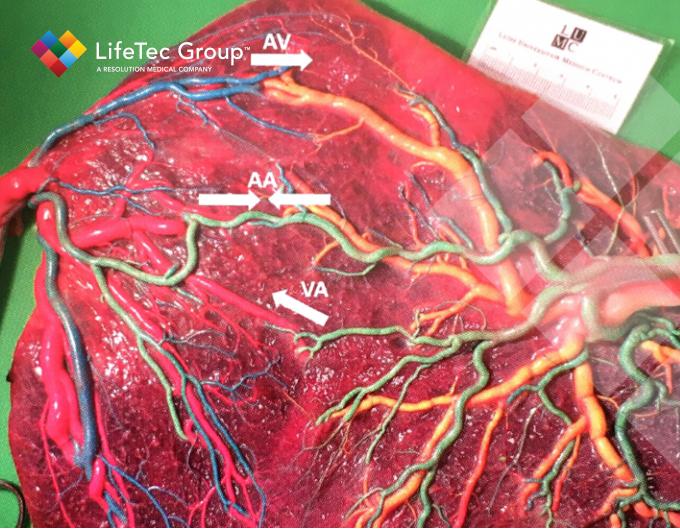
authors, partners, acknowledgement
Scientific paper:
"Impact of Laser Power and Firing Angle on Coagulation Efficiency in Laser
Treatment for Twin-Twin Transfusion Syndrome: An ex vivo Placenta Study"
(you can download the scientific paper by filling out your email address in the dark blue bar above)
Authors:
Joost Akkermans | Loes van der Donk | Suzanne H.P. Peeters | Sjoerd van Tuijl | Johanna M. Middeldorp | Enrico Lopriore | Dick Oepkes
Partners:
TU Delft - Dr. J.J. (John) van den Dobbelsteen
TU Delft - Dr. ir. Dennis van Gerwen
LUMC - Prof. Dr. D. (Dick) Oepkes
LUMC - J. (Joost) Akkermans MD, PhD
AMC - Prof. Dr. H.J.C.M. Sterenborg
Acknowledgment
This research was supported by the Dutch Technology Foundation (STW), which is part of the Netherlands Organization for Scientific Research (NWO) and which is partly funded by the Ministry of Economic Affairs.
